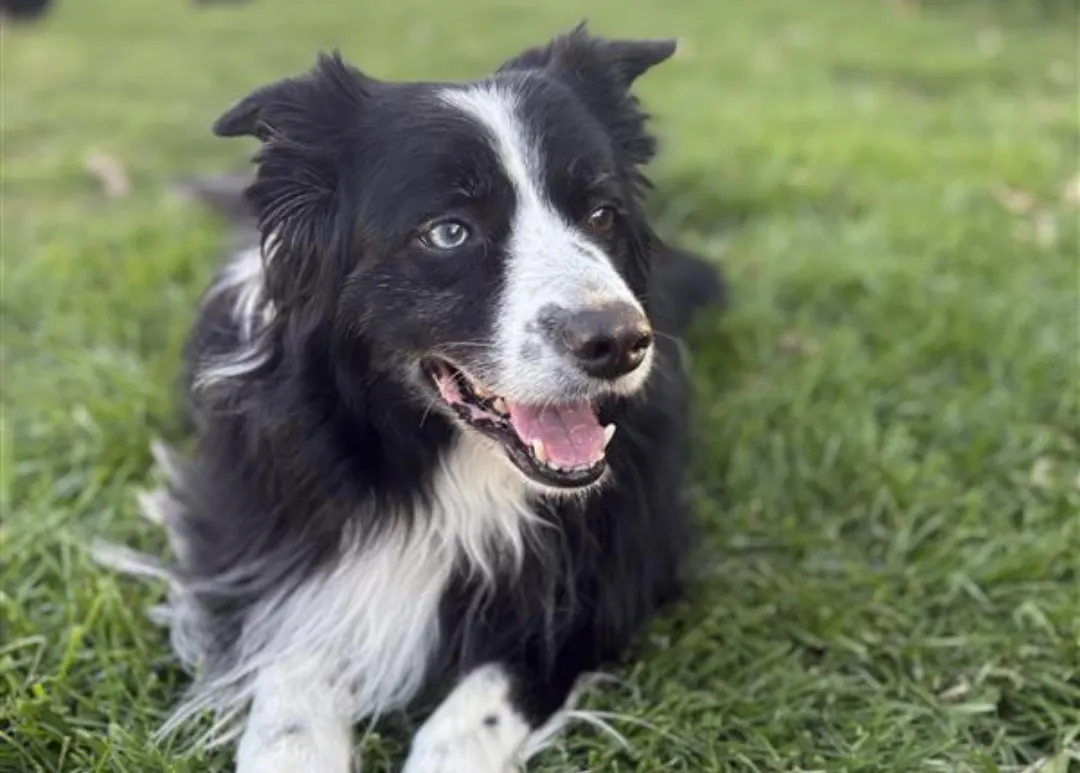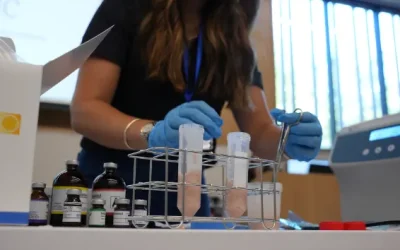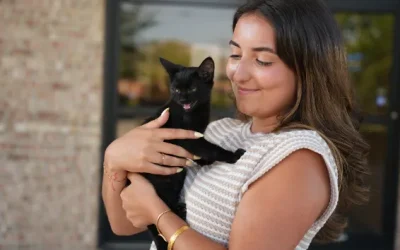Listen on…
Why This Matters
TGR is a go-to procedure for dogs with patellar luxation, but recovery can be complicated by inflammation and cartilage damage. UC-MSCs have regenerative and anti-inflammatory properties that make them an appealing tool to support smoother, faster healing.
Study Overview
- Design: Randomized controlled study
- Subjects: 10 healthy poodles (12–18 months old, 4–6 kg)
- Measures: Bloodwork, cytokines, knee scores, CT imaging, and histopathology
- Groups:
- Treatment: 1 mL intra-articular UC-MSCs (1×10⁶ cells/kg) on days 0, 7, and 14
- Control: 1 mL salin
Key Findings
Inflammation
The treatment group showed significantly lower white blood cell and neutrophil counts on days 7 and 21 (p < 0.05), indicating less inflammation post-surgery. Cytokine levels (IL-6, MMP-13, TGF-β1) didn’t differ meaningfully, suggesting the benefits may be more local than systemic.
Functional Recovery
Knee scores were better in treated dogs on days 1, 4, and 5 (p < 0.01), meaning they regained function and comfort faster. By day 7, treated dogs had the same recovery scores the control dogs didn’t hit until around day 3—a roughly four-day faster recovery window.
Imaging & Histology
CT scans showed early cartilage regeneration by day 37 and restored bone contour by day 65 in treated dogs, while the control group still had visible cartilage gaps. Histology confirmed new cartilage that connected with existing tissue only in the UC-MSC group.
My Takeaway
Overall, UC-MSCs reduced inflammation, sped up recovery, and improved joint repair without any reported adverse effects. While this is a small study, it reinforces that cell therapy has a real role to play in orthopedic recovery.
That said, these were allogeneic cells, meaning they came from donor dogs. The authors didn’t specify whether repeated injections used the same donor, and that’s something I’d like to see clarified in future work. It’s one reason I often lean toward autologous options, like Ardent’s SVF therapy, which eliminate the risk of immune reaction entirely.
If you’ve used PRP or cell therapy in a TGR case, I’d love to hear your results. You can reach me at adrienne@ardentanimalhealth.com.







